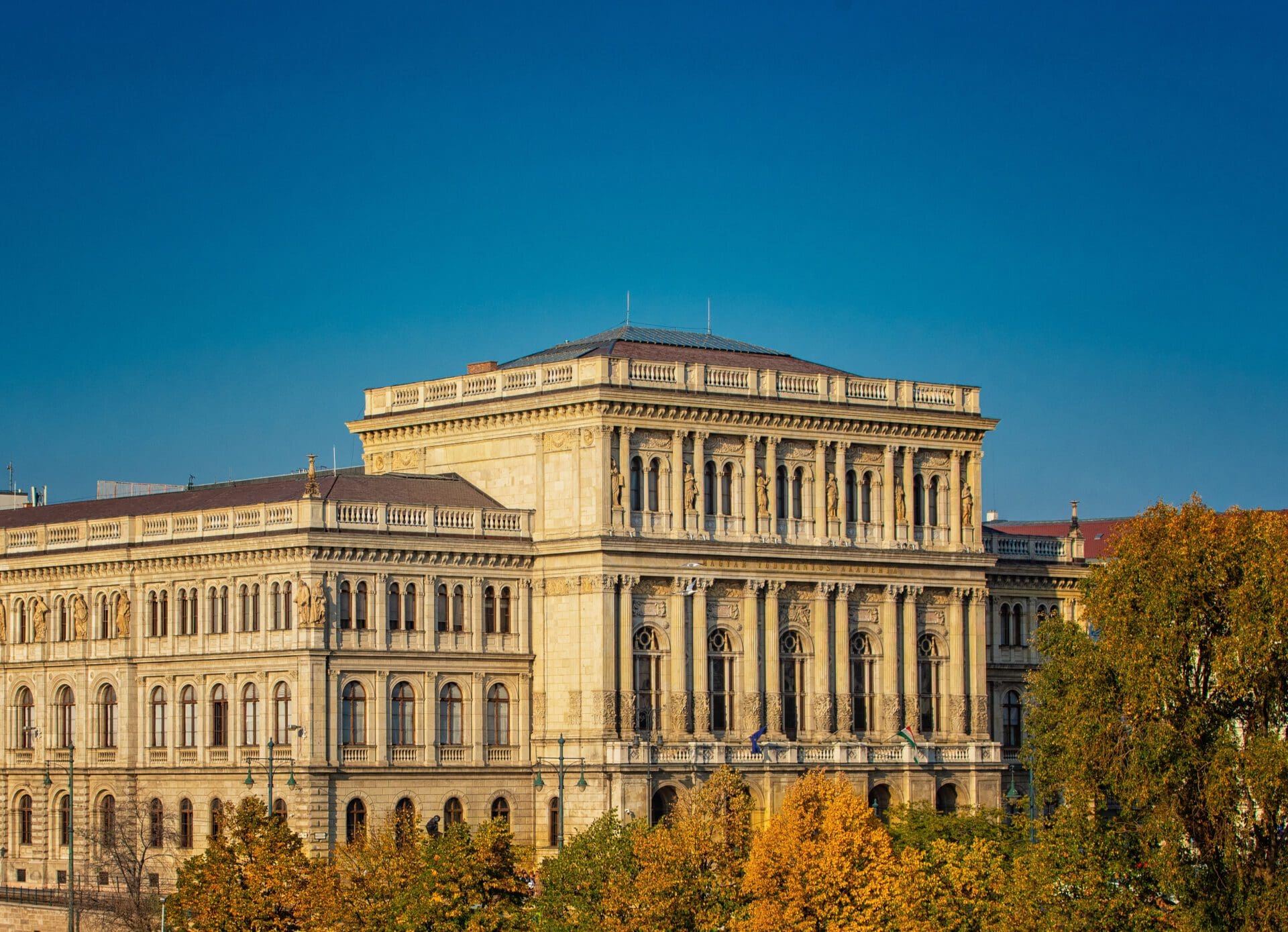Unofficially since 1997 and officially since 2003, the Day of Hungarian Science is celebrated annually on 3 November. The date was chosen as a reminder of the donation Count István Széchenyi de Sárvár-Felsővidék made towards establishing the Learned Society, which is now known as the Hungarian Academy of Sciences. On 3 November 1825, Count István Széchenyi offered one year’s worth of his income set up a Learned Society in Hungary. Joining his initiative, many more aristocrats and commoners contributed to the foundation of the new institution that had among its chief objectives the study and development of the Hungarian language and the promotion of Hungarian arts and sciences. A couple of decades later, in 1845, the Learned Society was renamed Hungarian Academy of Sciences (MTA). MTA soon became known as a prominent actor in funding Hungarian scientists and promoting the use of the Hungarian language in the scientific realm.
The construction of the Academy headquarters started in 1858 with public fundraising
As the Academy grew in terms of its members as well as in significance, building a permanent home for it became inevitable. Soon after its official establishment by a Diet (deliberative assembly) in Pozsony (today, Bratislava), the Academy was moved to Pest, where within a couple of decades it received a permanent home. The construction of the Academy headquarters started in 1858 with public fundraising, and three years later, in 1861, the German architect Friedrich August Stüler (1800–1865) was commissioned to build the palace in Renaissance Revival style. The building, which the Academy uses to this very day, was inaugurated on 11 December 1865. MTA is located in the centre of Budapest, just a couple of minutes’ walk from the Hungarian Parliament on the bank of the Danube River. The square where the palace stands is named after Széchenyi, honoring the vital contribution to the establishment of the Academy by the count often referred to as ‘The Greatest Hungarian’.
Initially, the Academy focused on improving the Hungarian language through collecting and preserving folk tales, songs and poetry. it also worked on advancing the publication of scientific works in Hungarian. Over the years, however, the Academy of Sciences started to take on more and more responsibilities. Since 1945, the Academy has focused on three broad scientific fields: I. linguistics and aesthetics, II. philosophical, social and historical sciences, and III. mathematics and natural sciences. Soon after having its scope broadened, the Academy was subject to purges by the Communists who, as part of the consolidation of their one-party rule, removed ‘unreliable’ scientists and replaced them with Communist cadres. The excluded scientists were rehabilitated only in 1989, after the collapse of the state socialist one-party regime. With the regime change the Academy also obtained greater autonomy in conducting research and determining its research interests. Today, the Hungarian Academy of Sciences serves as the most important representative of Hungarian sciences abroad.
The Academy has celebrated the Day of Hungarian Science since 1997
Over the past century, MTA has grown to be the most prominent research institution in Hungary. The Academy has celebrated the Day of Hungarian Science since 1997, organising a large number of programmes, workshops and conferences each year dedicated to promoting science and scientific debates. The events take place not only in the capital, but all across the country and in neighbouring countries as well, in settlements inhabited by ethnic Hungarian communities. In order to promote scientific research not only in Hungary and in neighbouring states, but all over the world, in 1999, at the World Conference on Science held in Budapest the Hungarian Academy of Sciences proposed the idea of introducing a worldwide Day of Science. Acting on this idea, UNESCO established the World Science Day for Peace and Development in 2001, which has since been celebrated every year on 10 November.








